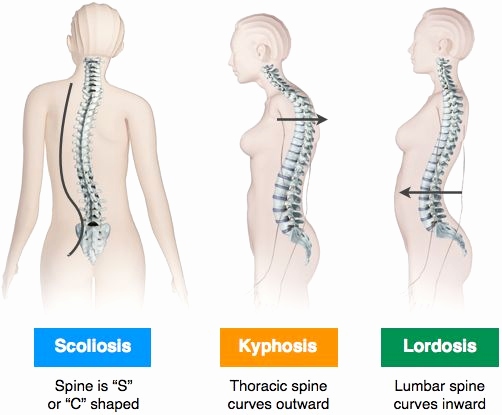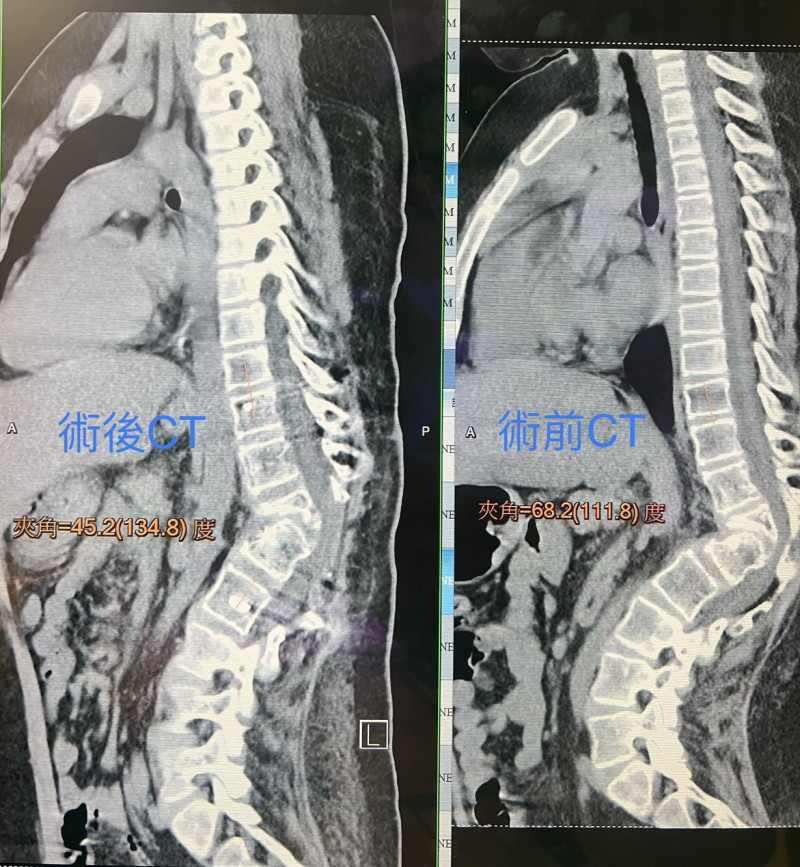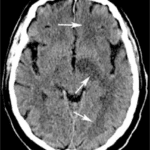The 11-year-old boy has been experiencing pain in his right hip and the back of his right thigh. He walks with a tilt to one side and has been unable to run for a year. Due to the pandemic, he was afraid to seek medical attention and could only rely on painkillers. Recently, the pain has intensified, so he went to Lin Shin Hospital to consult with the chief of neurosurgery, Dr. Shao Guoning.
After the examination, it was discovered that he had a congenital spinal abnormality, which caused his spine to curve and resulted in an uneven posture while standing and walking. The medical team scheduled him for a minimally invasive decompression and internal fixation surgery. On the third day after the surgery, he started practicing walking with the assistance of a back brace.
Dr. Shao Guoning conducted a computerized tomography scan and magnetic resonance imaging for the young boy. The results revealed symptoms of congenital spinal abnormality, which caused a curvature of the spine, making it difficult for him to move freely like other children his age.
He explained to the parents that surgical treatment could alleviate the pressure on the spine and improve the symptoms of leg pain and limited mobility. The family decided to trust the doctor’s recommendation, and the boy underwent a five-hour surgery.
Dr. Shao Guoning pointed out that congenital spinal abnormalities are relatively rare and occur when there are developmental abnormalities in the spine during embryonic stage, leading to spinal defects such as partial vertebral bodies and unsegmented vertebrae. During the growth process, the unilateral atrophy of the vertebral bodies causes the spine to curve and become hunched, eventually leading to nerve compression, pain, and limping.
This young patient had been experiencing pain in his right lower limb for several months. The CT scan and MRI showed that he had a congenital anomaly in the twelfth thoracic vertebra, with underdeveloped right vertebral bodies, resulting in a significant rightward curvature, severe hunchback, and an angle of approximately 63.1 degrees, almost vertical.

Due to severe nerve compression, Dr. Shao Guoning arranged a minimally invasive decompression and internal fixation surgery. On the third day after the surgery, the patient started practicing walking with the assistance of a back brace.
Dr. Shao Guoning expressed admiration for the young boy’s resilience throughout the medical journey. He showed no signs of fear or apprehension, even during hospitalization and surgery. The boy had researched relevant information on the internet after learning about the upcoming surgery. With abundant online content available, he felt less fearful.
The boy will need to wear a resin back brace for 3-6 months after the surgery. When asked what he wanted to do the most after removing the brace, he immediately answered, “Play basketball.”
Dr. Shao Guoning reminded the public that congenital spinal abnormalities are not easily detected in the early stages when symptoms are mild. During birth, doctors assess whether there are any neurological symptoms. Generally, if the curvature angle is greater than 40 degrees, treatment is necessary. Alternatively, medical advice may be sought when symptoms such as leg pain and restricted movement occur.
During adolescence, when the body undergoes rapid growth, the curvature becomes more apparent and easier to detect. Regular physical examinations during the school years can provide preliminary screening. Prolonged nerve compression may lead to sensory loss in the lower limbs, muscle weakness, and even urinary and fecal incontinence or paralysis. Therefore, early medical intervention is crucial once symptoms appear.


